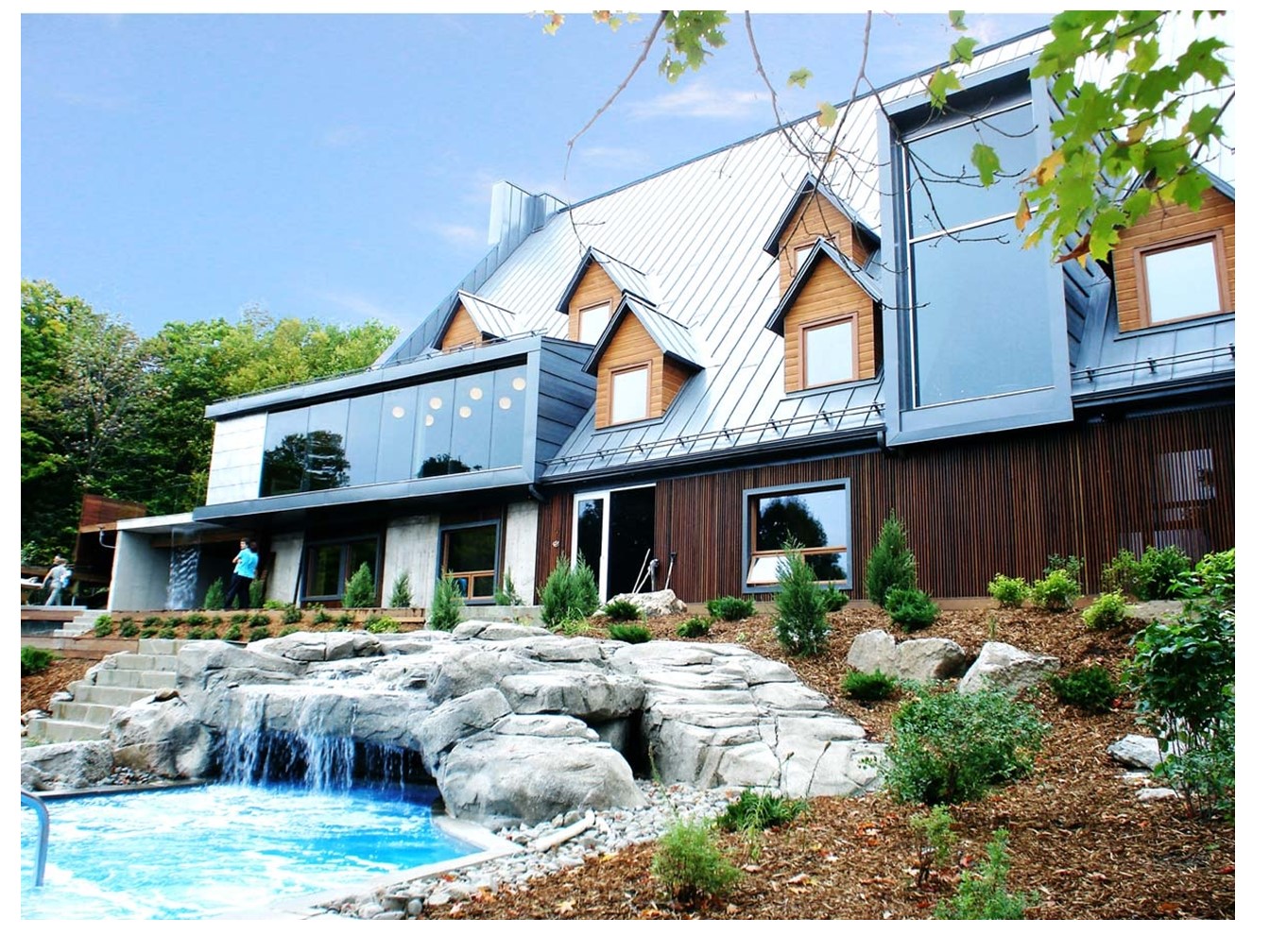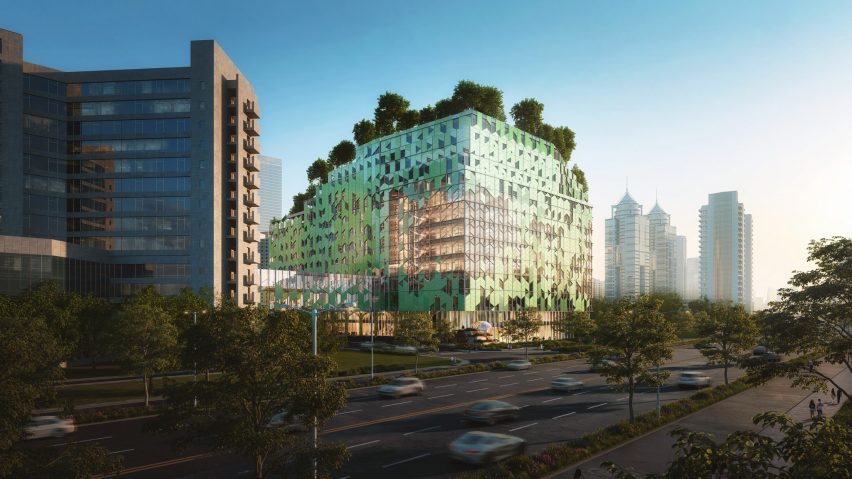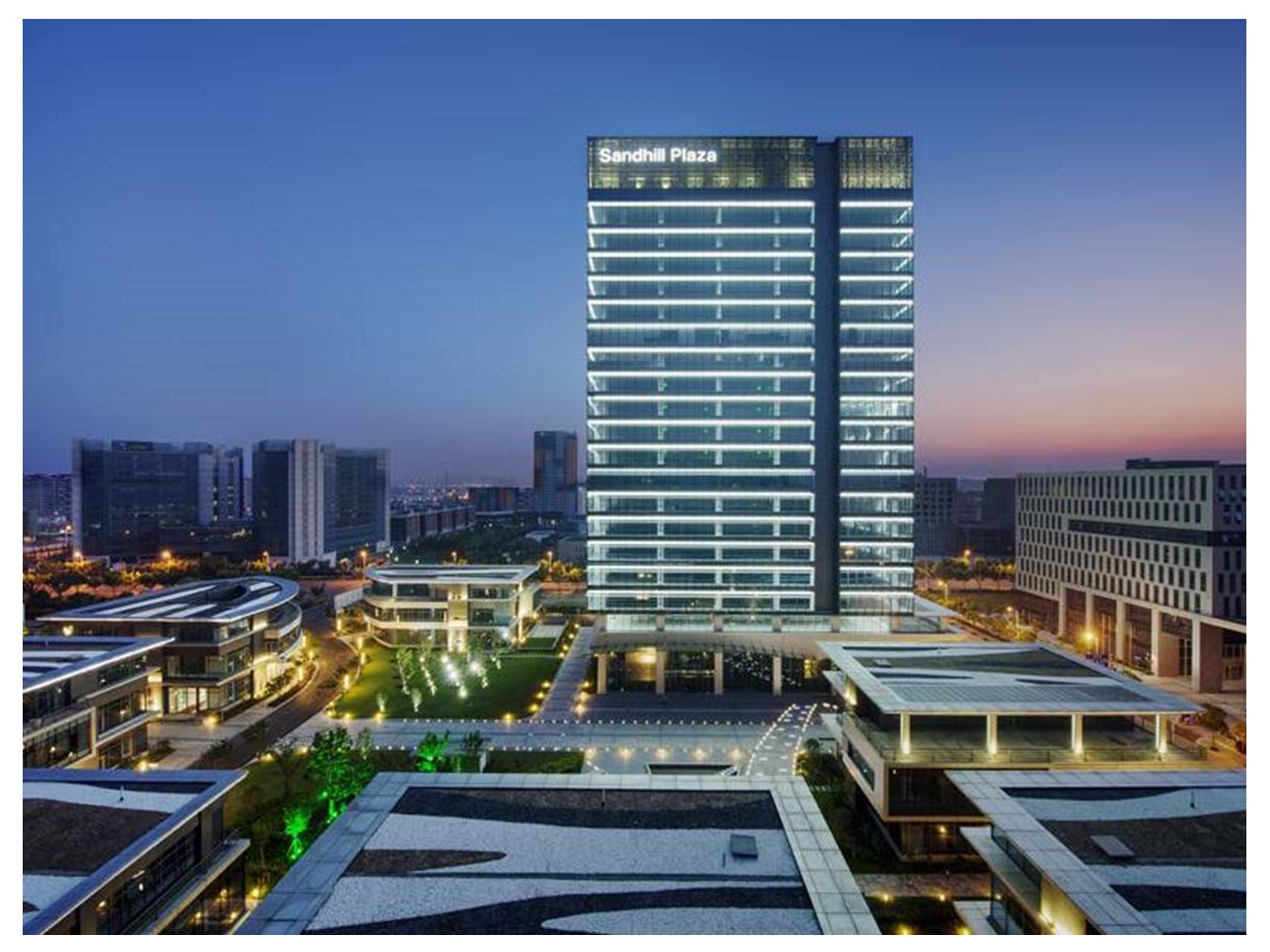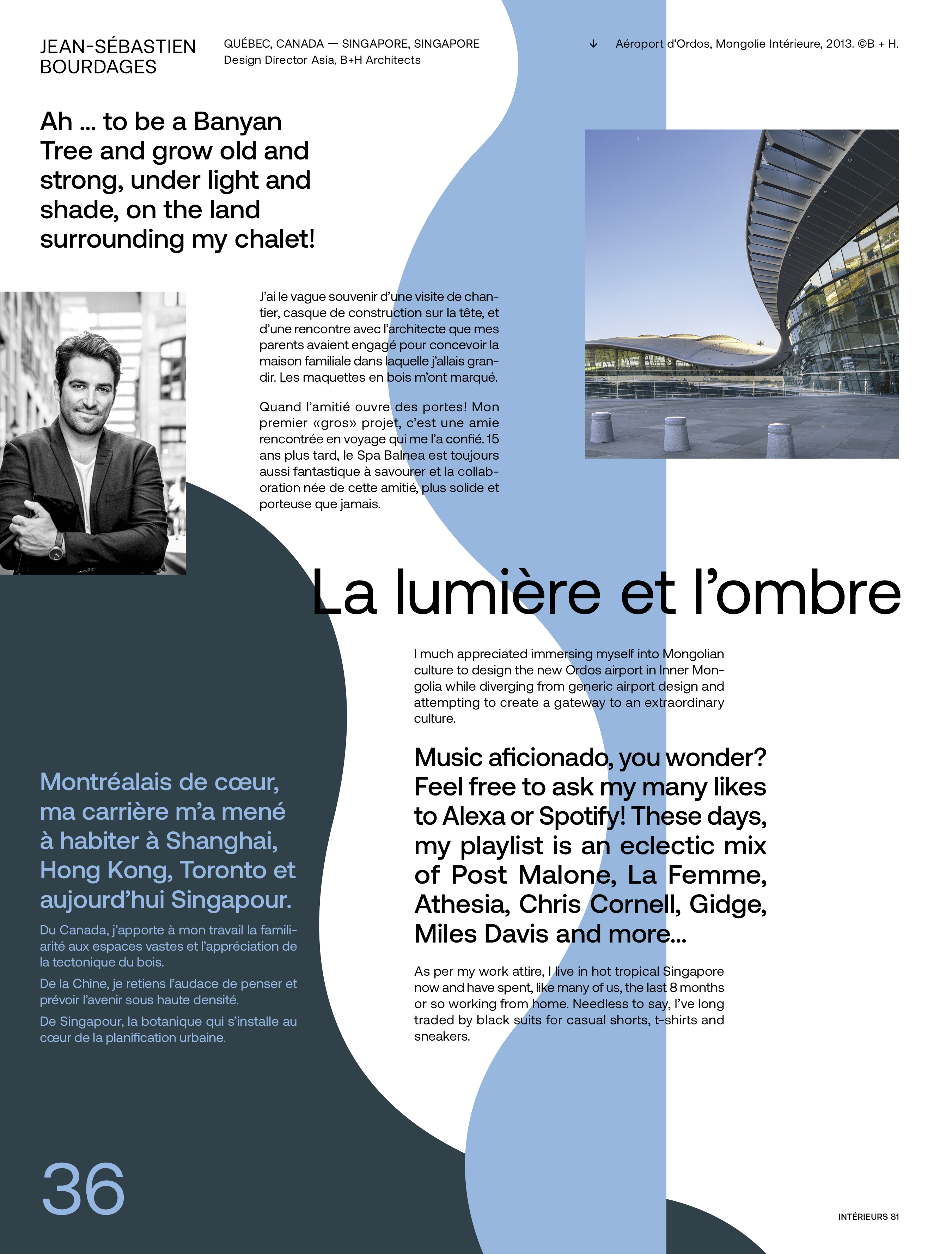Jury-GRANDS PRIX DU DESIGN / Published on June 22, 2021
Share to

Jean-Sebastien Bourdages
Design Director Asia
B+H Architects
Québec, Canada / Singapore, Singapore
PROUST QUESTIONNAIRE – PEOPLE OF DESIGN VERSION!
What prescient youthful memory relates to your present career?

My first encounter with architecture was when I was 8-9 years old; my parents had hired an architect to transform a post-war house in the Cité-Jardin neighborhood into our family home… Architect Colombani proposed an open, luminous plan; modern at the back but still respecting the original house architecture which was enhanced on rue des Épinettes!
I remember visiting his office and seeing the wooden models…
What are three basic rules you learned from your mentors?
– Less is more… I explain this to juniors such as making a margarita pizza; a delicacy made with only 3 ingredients.
– Genius Loci… one must consider the genius of the place.
– The concept of Happy City, expressed by Charles Montgomery… Which shows that, in the end, the ultimate role of a city is to facilitate happiness and fulfillment.
What project launched your career?
The Balnea Spa project in Quebec’s Cantons-de-l’Est, carried out with Nomade, between 2003 and 2005.
Resulting from a meeting in Barcelona in 2001, my first “project” received at the order of the architects was one for a friend, Stéphanie Émond. She has since sold and remains today my collaborator and dear friend on many projects.

Any music playing while you work?
I like to listen to music while working. As a matter of fact, at my first job at Nomade, I sidekick as the office DJ!
Depending on the time; this can range from jazz (Miles Davis), to deep house and everything in between!
These days on my playlist: It’s time to wake up— La Femme, Autumn leaves – Miles Davis, Patience— Chris Cornell, Finally Moving— Pretty Lights, Norrland— Gidge, Post Malone, Athesia, etc.
Click on the names to listen a playlist
Do you work in PJs or three-piece suits?
When I lived in Toronto, I could take a bike share to the airport! I discovered a few brands such as KITE&ACE, RYU and LULULEMON… all Canadian from Vancouver that make technical clothing. In Singapore, I like the local brand Tropick; which makes dress shirts with fabric normally used for sportswear.

What is your current design state of mind?
Action: It is important to educate and mobilize our clients, colleagues and users to adapt our practices to meet the challenges posed by climate change. Not only aiming for carbon neutrality but designing a regenerative architecture that contributes to its environment instead of degenerating it.
Hope: as a designer, we have to stay positive, but also critical.
Biophilia, Mindfulness and Happiness are somewhat recent design drivers that are gaining ground and that I find very compelling … more and more clients and other stakeholders are starting to understand its value.
After the start of the millennium testing new software, new techniques and new horizons anticipating a technological future, I believe that the 2010 crisis, climate emergencies and 24-hour digital connectivity has brought us back to a need to reconnect with the essential, make room for biodiversity and think about the flexibility of spaces with a minimum of resources.

The door is open. We have still much to draw inspiration from permeacture concepts that can also be applied to the design approach, operations and business decision-making.
The environmental crisis versus how to harmonize our habitat and the universe with biodiversity. Despite our efforts, it is still too little. For a massive impact to occur, the effort must go beyond the simple role of the designer … there is a change in habits to commit to.
What living designer/architect do you most admire?
Currently I greatly admire WOHA‘s work in addressing the challenge of emerging high density cities in Asia with biophilic and futuristic human scale projects that promote biodiversity, natural ventilation and rainwater absorption strategies.
Click to discover Woha
What past designer/architect inspires you the most?
Design Utopians Buckminster Fuller, Mies Van Der Rohe, Frank Lloyd Wright, for their multi-faceted aspects.
Zaha Hadid brought another dimension to architecture through her drawings.
I admire Frank Lloyd Wright for his avant-garde and colourful career.
 R. Buckminter Fuller – Edgy01 (Dan Lindsay), CC BY 3.0, via Wikimedia Commons R. Buckminter Fuller – Edgy01 (Dan Lindsay), CC BY 3.0, via Wikimedia Commons |
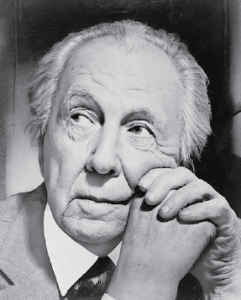 F. Lloyd Wright – Al Ravenna, Public domain, via Wikimedia Commons |
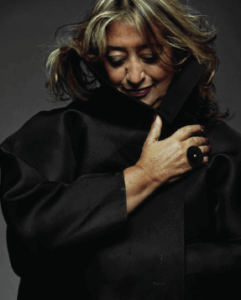 Zaha Hadid (1950-2016) – source : zaha- hadidcom |
| Discover | Discover | Discover |
What is your most marked design quality?
I have had the chance to work in more than a dozen countries with clients or colleagues from various cultures on various typologies. I’d say I have an adaptive curiosity.
I believe I have an eternal curiosity which seeks to create links. Having now practised the majority of my career abroad with various cultures, I believe I have made it my duty to seek to find common threads.
I would say that I am quite able to adapt like a chameleon and convince clients or collaborators to trust me to lead design for projects of all scales and typologies around the world.

Whether it be for a smart city planning in India, an airport concept in Inner Mongolia, a tech campus in Shanghai, a naturally ventilated hospital in Singapore, a mixed-use projects in Ho CHi Minh or an eco-quartier in Saint-Hyacinthe, Québec!

What peer quality do you most value?
I admire my peers who try to make a better world. I would like our customers to share the same value!
Which project is the epitome of your work?
The new Ordos airport in Inner Mongolia. I really liked being inspired by Mongolian culture; attempt to diverge from the generic airport and make it a gateway to a unique culture. As a first-year student, I would have never dared to dream of one day realizing a project of such.
Discover B+H Architectes
How are your country of belonging’s values reflected in your work?
Our approach in Quebec and Canada; leads us to a contextual and often contemplative attention to the landscape.
Working in Asia has certainly given me a more daring perspective to conceive living environments that consider high density but integrate the notion of nature and landscape.
What always inspires you?
Finding the human scale of cities…
What is your favorite place in the world?
Being at the cottage!
If you could host any three guests, past or alive, over for dinner, who would you choose and what would you dare serving?
A poutine with Gaudi and Zaha Hadid.
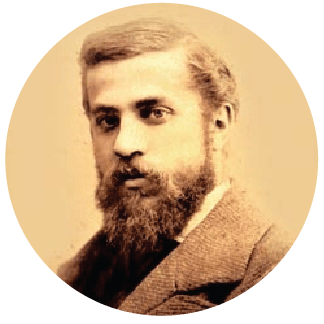 Antoni Gaudi – Photo by Pau Audouard Deglaire |
 Zaha Hadid – source : zaha-hadid.com |
What is your dream? THINK BIG!
May our cities be in harmony with biodiversity and human flourishing… Regenerative cities!
See other projects of Jean-Sébastien Bourdages
 Sephora House, Nanjing Street, B+H Architects, Shanghai, China, 2013.
Sephora House, Nanjing Street, B+H Architects, Shanghai, China, 2013.
The flagship house of Sephora in China. The largest Sephora with their university on the upper floors. We “liberated” the tapes; such a tribute to glamorous female beauty; the facade is declined like a dancing dress under the flashes of the photographers.
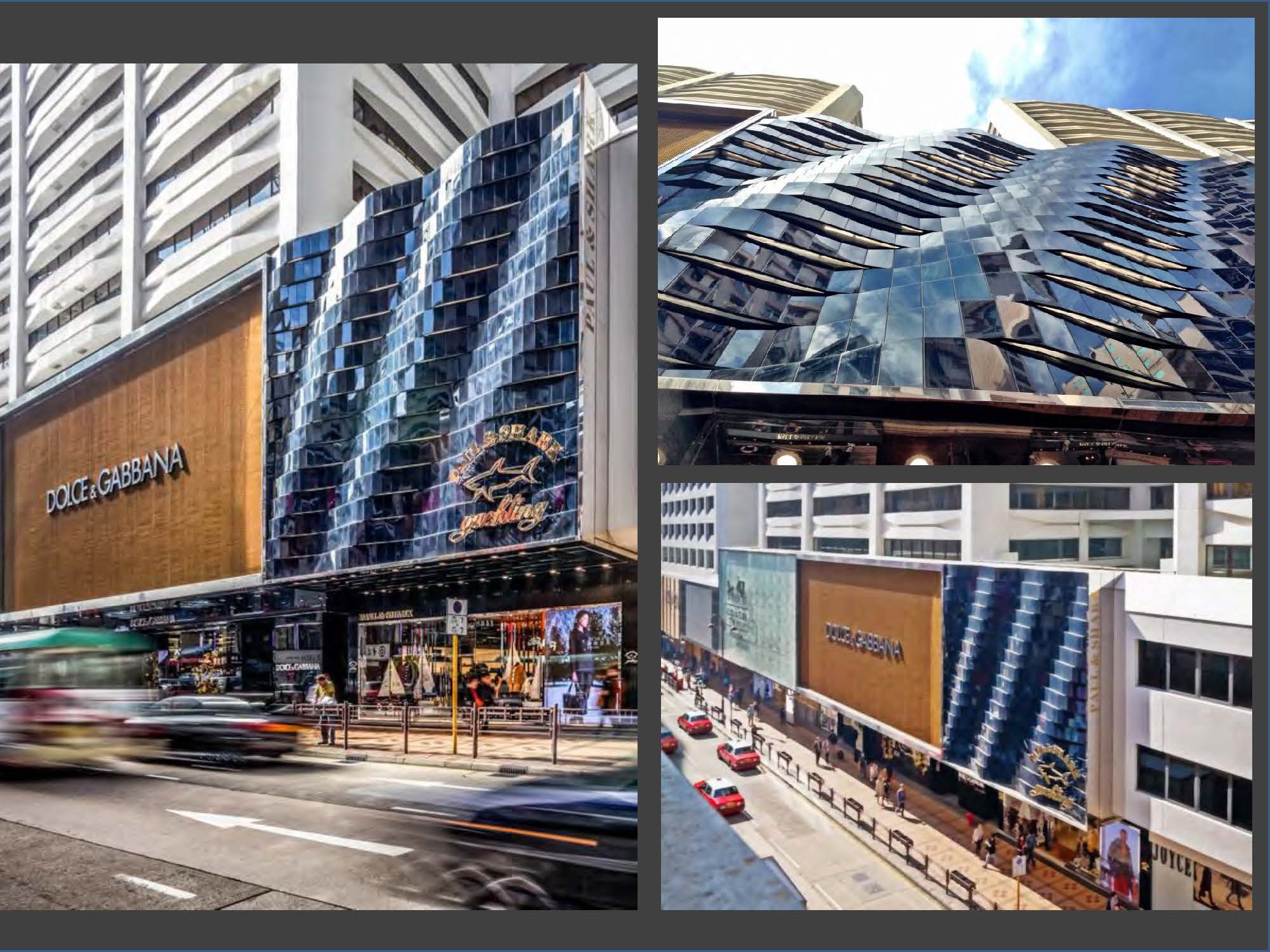 Lighthouse House by Paul & Shark, B+H Architects, Hong Kong, China, 2013.
Lighthouse House by Paul & Shark, B+H Architects, Hong Kong, China, 2013.
Canton Road is one of Asia’s biggest luxury brand streets, the facade is inspired by the waters surrounding the port city of Hong Kong and travel, transcending the Paul & Shark branding. Like waves, the metal facades undulate and create a unique game of fragmented reflection.


